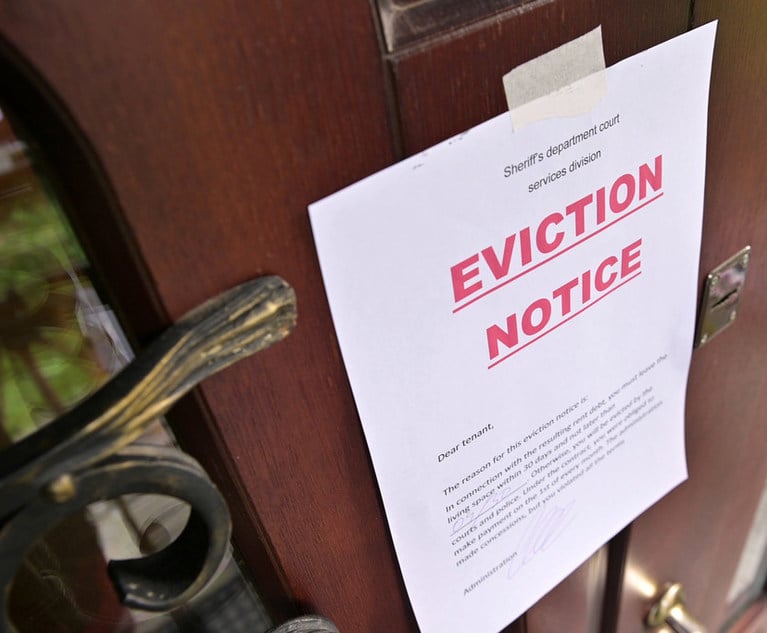Retail malls, large shopping centers, office towers and industrial parks are at a crossroads. The shutdowns, lockdowns and other restrictions stemming from the COVID-19 pandemic as well as the corresponding changes in the behavior of millions of individuals—on top of the years-long growth of the Internet and online shopping and the declining interest in brick and mortar stores—have affected the underlying economics of these structures. Indeed, many have simply closed down and been permanently abandoned while others remain vacant or severely underutilized.
Real estate developers, lenders, lawyers, accountants and consultants, aided by far-sighted government officials, all are involved in an effort to ameliorate the problem. Buildings are being rehabilitated, selectively redeveloped and even completely redeveloped across the country. See, e.g., 4wardPlanning Inc., “Rehabbing Long Island’s Empty Storefronts” (Oct. 4, 2021), available at https://www.scribd.com/document/530719990/Rehabbing-LI-s-Empty-Storefronts#from_embed (citing examples from West Springfield, Virginia, and Joplin, Missouri, to Jackson, Mississippi, and Wheat Ridge, Colorado).


 Anthony S. Guardino
Anthony S. Guardino




